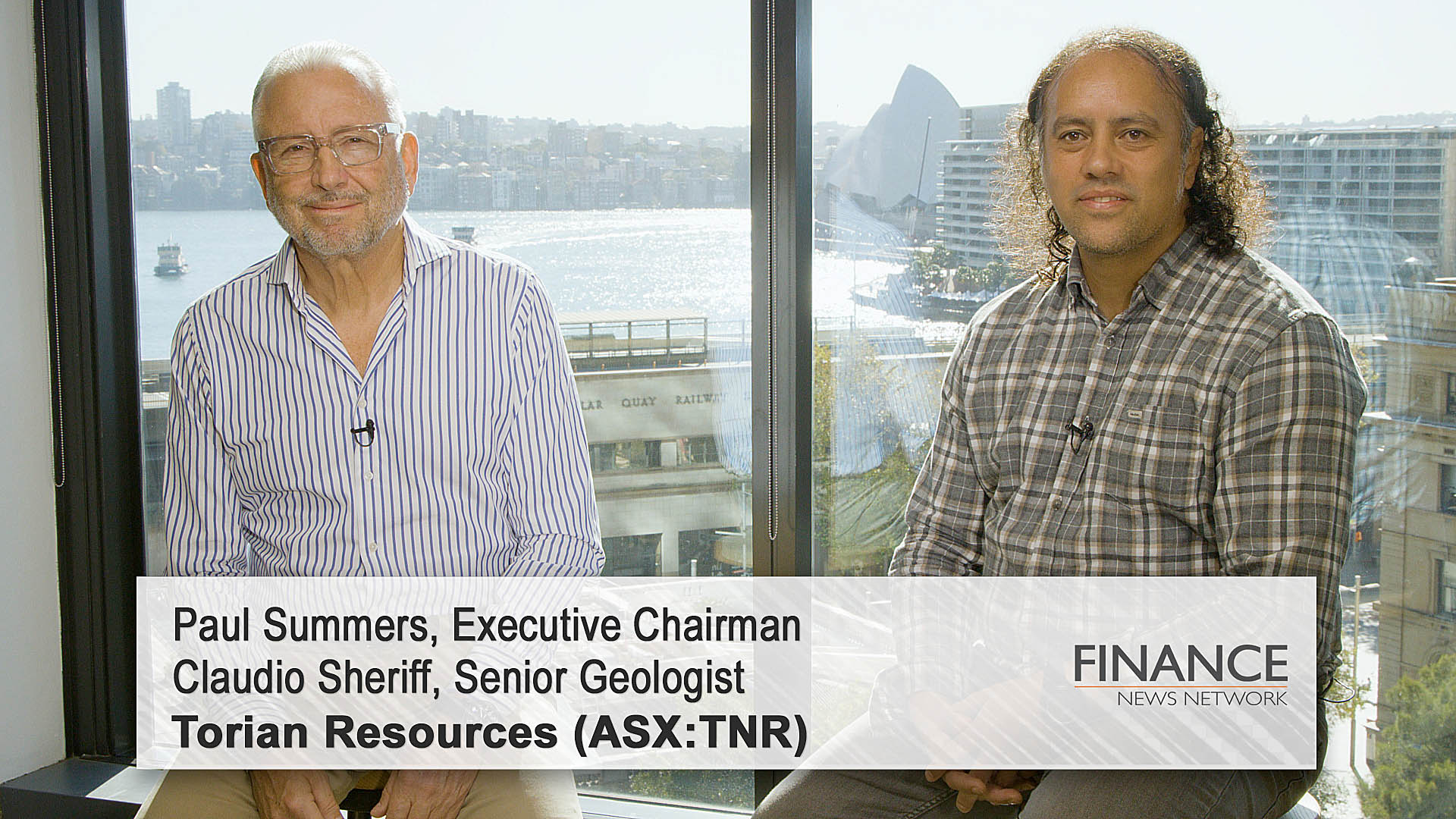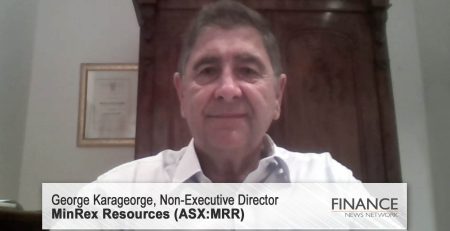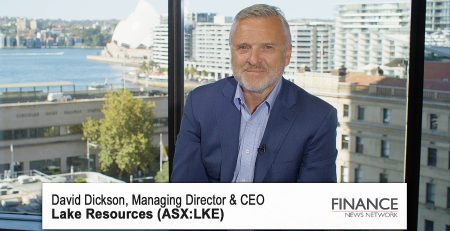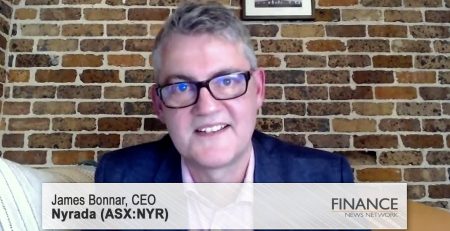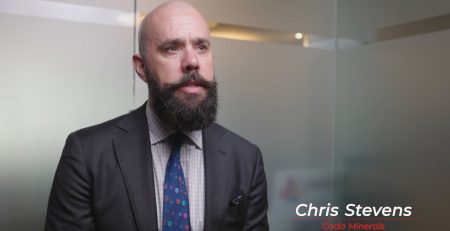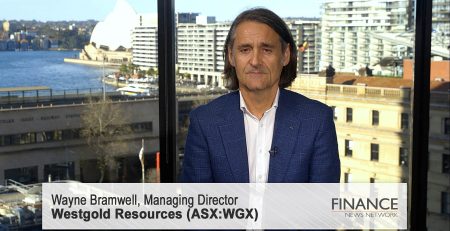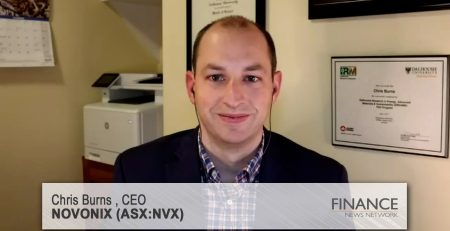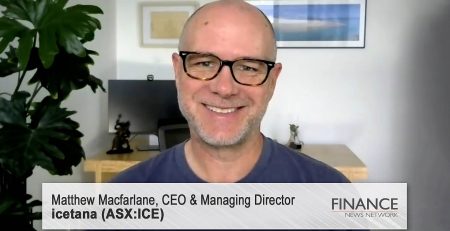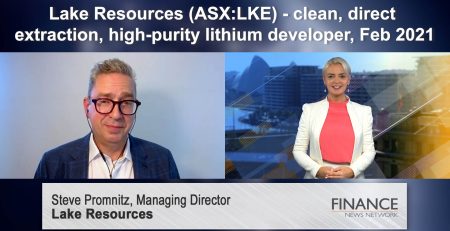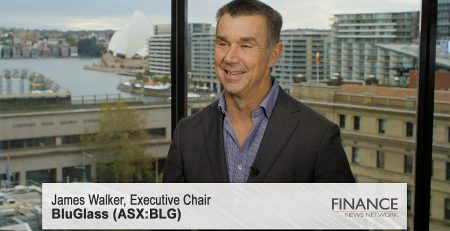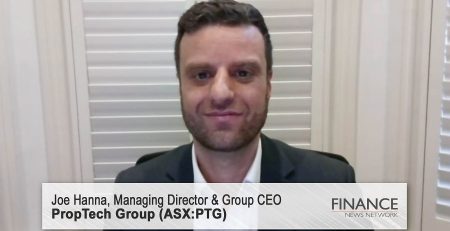Rare earths find one of a kind
Torian Resources Limited (ASX:TNR) Executive Chairman Paul Summers and Senior Geologist Claudio Sheriff discuss the significance of the company's rare earths discovery.
Tim McGowen: We're talking with Torian Resources (ASX:TNR) today. ASX code TNR, market cap of around $39 million. We have with us Paul Summers, the Executive Chairman and Claudio Sheriff, who is also the Senior Geologist. Gentlemen, thanks for your time.
Paul Summers: Morning, Tim.
Tim McGowen: Paul, a question for you. Torian started its life as a gold explorer, and you've now made some important rare earth announcements. Can you talk to the significance of these rare earth discoveries?
Paul Summers: First of all, the discovery was out of left field. We weren't looking for rare earths. Claudio and I went for walk one day, and out of that we discovered an outcrop of yttrium, which we'd determined from a PXRF result. We then further investigated because we had the luck of drilling heavily in that area for gold. We use vacuum auger rigs initially before we put RC down, and we had done a lot of work in the area, a lot of samples laying on the ground. So, we just reassayed some of those and, out of good fortune, we got an incredible result. And we're now looking at a large strike of heavies, of heavy metals, which is very unique. And I know of only two similar finds in this country, which makes it very special.
Claudio Sheriff: One of the significant, astounding aspects of the yttria was the sheer size of the anomaly. We're talking about a 1.3km significantly above-background yttrium. So, background yttrium's about 20 ppm. This was a 1.3km extensive anomaly. All above 100m and only constrained by the amount of drilling we had put in place for gold.
Tim McGowen: If you talk about rare earths, heavy rare earths, which you've spoken about as being significant to your discovery relative to light rare earths, what's the significance of a rare earth? I assume they're a lot more valuable.
Paul Summers: When you talk rare earths, you talk about the ratio between heavies and lights. For example, Lynas (ASX:LYC) is a good example. They're predominantly lights. We are predominantly heavies. We have a 60, 70 per cent ratio of heavies to lights. Heavies are the most desirable for technology, for defence. And we have probably the jewels of the heavies.
Tim McGowen: And what sort of interest has this attracted? I mean, the share price hasn't done a lot, but what sort of interest in the background?
Paul Summers: Yeah. Okay. So, we're in a stage now of slowly — and we want to do this slowly — educating the market. And we don't want to have any rapid reaction to our share price just yet. Those in the know have given us huge interest, to be honest. We're in constant contact with people and experts and academics.
Tim McGowen: And one of those experts that approached you and approached the company was…
Paul Summers: Ken Collerson. Yeah.
Tim McGowen: ..Ken Collerson. And he's a rare earths expert out of Queensland University. So, what role is he playing?
Paul Summers: Yeah, thanks Tim. So, Ken is highly regarded. He was lecturing, I think, for 18 years in the area at the University of Queensland. He's a consultant to many companies. We've brought him on now as a full-time consultant for us. Ken brings a wealth of experience in what is quite an unknown area. The other advantage is that Claudio was with Northern Minerals (ASX:NTU), and they are probably one of the preeminent companies in the rare earth space in Western Australia and in Australia. So, we were able to also leverage off Claudio's experience. So, we have a good level of experience in the company plus we've just put on a new director. He'll be coming on officially from our AGM late in May, Matt Longworth, Matthew Longworth. He, again, comes with a wealth of experience, especially in scandium, of which we have quite high levels. Scandium is an extremely valuable mineral and extremely desirable for defence. So, we are really leveraging off some very sound experience now.
Tim McGowen: And with the process, how difficult is the process of extracting rare earths?
Claudio Sheriff: We gained a lot of confidence out of the initial assaying. We had a very rudimentary aqua regia technique, which is an exploration vectoring for particularly some of these end-scale rare earth elements and minerals. So, the aqua regia came back very favourable. We had the presence of rare earths, so with very basic assays seen. We were able to identify the rare earths. We tried our MMA method through the Lab West in Perth, and that was further confirmed with the bees knees of the rare earth assaying, which is fusion. Now, fusion got a very high extraction and reporting of these rare earth minerals, and what was very unique about the yttria and the Mount Central rare earths occurrences were the presence of the praseodymium, which is highly sought after in the EV market, the presence of europium, which is a highly valuable, heavier rare earth, dysprosium as well. We also had yttrium, large amounts of yttrium, which led us to apply some of the mineralogy and now ongoing met work to some of the better-known rare earth minerals. So, we're on the path of confirming that. And the value proposition is truly coming down from terbium and scandium.
Tim McGowen: And Paul, maybe just a final question for you. Big picture, there's a lot of infrastructure and in play out where you are. You've got Lynas (ASX:LYC) and their refinery and Iluka (ASX:ILU), so you could potentially leverage off this infrastructure for your rare earths project. So, what's the revenue look like and timelines, and what are the next steps for Torian?
Paul Summers: Good question, Tim. The one point I want to make is that this project is extremely unique from a national and international basis in that we are — and we've coined the phrase — "clean heavies". We are the only known structure in the world that has no inundation of uranium or thorium. So, there is no radioactivity from our processing. Extremely important and quite unique. So, on that basis, we have the ability to remove our… We're on a structure of only surface to 20m at the moment, and very, very large. So, extraction will be quite easy, whether it goes to a local mill and we've got obviously Lynas and, with the help of the state government, building a mill in Kalgoorlie, which is well advanced. I saw it only a week ago. And we have Iluka Resources, who are also building a separation plant, and with the help from the federal government of a billion dollars. So, we are very well located in Leonora to avail ourselves of those mills, but there's been no discussions with those companies as yet, but because of the rarity and high value of what we have, there is also a very good chance that we will be exporting directly to destination countries, such as Korea or Japan.
Tim McGowen: Gentlemen, thanks for your time, nice to see you. Welcome back to Sydney.
Paul Summers: Thanks, Tim.
Claudio Sheriff: Thanks, Tim.
Ends
Copyright 2022 – Finance News Network
Source: Finance News Network

